The 2nd Amendment
The 2nd Amendment is one of the more well known Amendments in the Bill of Rights because it deals with gun law. It reads like this:
"A well regulated Militia, being necessary to the security of a free State, the right of the people to keep and bear Arms, shall not be infringed."
History of the 2nd Amendment
The concept of individuals having the right to bear arms was not created by the First Congress when it wrote the Bill of Rights. This was a concept that was deeply rooted in English history.
For centuries, during the middle ages and up through the 17th century, every English man was not only allowed to have a gun, but was expected to have a gun, or even required to have a gun.
At this time, the kings of England did not have large standing armies ready to go to battle at a moments notice like we do today. Instead, every man in the kingdom was considered to be the king's army and it was the duty of everyone to protect the kingdom. If an enemy came from without, all of the men would gather their arms and go and defeat the enemy. In addition, they would use their arms to deal with local criminals.
History of the 2nd Amendment in colonial times
In early American colonial times, this right was carried on by the English colonists who needed arms to defend their property from the native Americans. Families were often alone on the frontier and they needed to be able to defend themselves.
Even if there had been an army, it would have taken too long for it to arrive in the event of trouble. Many of the early colonial constitutions included a mention of the right to bear arms for defensive purposes for this very reason.
Standing armies were very unpopular to the colonists and to many Europeans because Europe had seen many armies come to power that ended up ruling over the people. Instead of having standing armies, the colonists would train together for purposes of local defense, using their own arms during their training and in actual military events. These local groups were called "militia" and are somewhat equivalent to our National Guard today.
During the Revolutionary War era, the British recognized the colonists would use their weapons to defend themselves, so they made efforts to confiscate as many weapons as they could. If you recall, this was the primary instigation of the Battles of Lexington and Concord, the first battles of the Revolution. These battles erupted when the British were trying to capture the colonists' weapons and ammunition stores at Concord.
2nd Amendment -
Protection from the Government
 Thomas Jefferson
Thomas JeffersonWhen the Revolutionary War ended and the Americans were making their new Constitution, they were very aware of the need for self-defense. They still needed protection from Indians and they wanted to be able to defend themselves from any external enemies that might arise. They were also very aware that the new government they were creating could turn corrupt and they wanted to defend themselves from it if necessary.
After all, Thomas Jefferson had written in the Declaration of Independence that if a government failed to protect its citizens and instead became the enemy, the citizens had the right to overthrow it! So one reason the citizens wanted to be armed was not just for defense against external enemies. They wanted protection from their own government!
Noah Webster believed that having an armed public would prevent the government from becoming corrupted because the people would have more power than the government itself. He wrote:
"Before a standing army can rule, the people must be disarmed; as they are in almost every kingdom in Europe. The supreme power in America cannot enforce unjust laws by the sword; because the whole body of the people are armed, and constitute a force superior to any band of regular troops that can be, on any pretence, raised in the United States."
On the other hand, the whole reason for creating the Constitution in the first place, was to replace the Articles of Confederation, the previous ruling document, because the Federal government had proven so weak that it couldn't do anything. Some people even believed that military control should be put in the hands of the federal government, not in the hands of the states or of individuals, in order to give it enough power to rule.
In the end, a compromise was reached between these two camps, in the form of the 2nd Amendment.
Proposing the 2nd Amendment
After the Constitution was written by the Constitutional Convention and sent to the states for ratification, many voices arose saying the new federal government would be too powerful and the states and individuals would have their rights taken away at its expense. These people were called anti-Federalists because they supported a weaker central or federal government. They were led by such men as George Mason, Patrick Henry and Elbridge Gerry.
Supporting the Constitution were the Federalists who believed a strong central government was necessary to hold the new nation together. George Washington, John Adams, James Madison and Alexander Hamilton were Federalists.
Once the debate began in the states, it soon became apparent that the Constitution would not be accepted by the necessary 9 states to go into effect, without the addition of a Bill of Rights. A Bill of Rights is a specific list of rights of the people. Many anti-Federalists said they would not accept the Constitution without one.
In order to remedy the problem, the Federalists promised that the First Congress would pass a Bill of Rights if the anti-Federalists would go ahead and vote to accept the Constitution. This promise persuaded enough anti-Federalists to vote yes on the Constitution and it was passed. You can learn more about the history of the Bill of Rights here.
As promised, James Madison proposed twenty amendments during the First Congress. Ten of them eventually became law. These first ten amendments to the Constitution are now known as the Bill of Rights.
Madison's original wording for the 2nd Amendment, in his speech to Congress on June 8, 1789, read like this:
"The right of the people to keep and bear arms shall not be infringed; a well armed and well regulated militia being the best security of a free country; but no person religiously scrupulous of bearing arms shall be compelled to render military service in person."
It was based on and very similar to George Mason's phrase about bearing arms in the Virginia Declaration of Rights, which he wrote in 1776. This phrase reads like this:
"That a well-regulated militia, composed of the body of the people, trained to arms, is the proper, natural, and safe defense of a free state; that standing armies, in time of peace, should be avoided as dangerous to liberty; and that in all cases the military should be under strict subordination to, and governed by, the civil power."
2nd Amendment - Conscientious Objectors
Notice the phrase "but no person religiously scrupulous of bearing arms shall be compelled to render military service in person" in Madison's proposed amendment. This part was ultimately removed during Congress' discussions of this amendment, but the principal has survived, nonetheless. It refers to the fact that some Christian groups interpreted the Ten Commandments' first commandment, "Thou shalt not kill," to mean it was unlawful to kill anyone, at any time, under any circumstances. These groups believed they were sinning against God if they fought in an army.
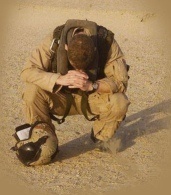
Madison wished to excuse these people from violating their consciences by serving in the army. These people are called "conscientious objectors," because they object to fighting or killing based on their conscience. Some Christian groups and others still believe the same way today.
Even though the "conscientious objector" clause was removed from the final version of the 2nd Amendment, the objection is still allowed in the military today. Soldiers may opt out of military service for reasons of conscience and not be subject to punishment for desertion or insubordination, although there are specific guidelines and procedures used to determine whether such a soldier is telling the truth or not.
Other Christian groups have interpreted "Thou shalt not kill," as "Thou shalt not murder," meaning to murder an innocent person in cold blood. Indeed, a literal translation from the Hebrew to English is "Thou shalt not murder." People with this interpretation will usually make an exception for killing in self-defense or in military service.
The "right to bear arms" amendment went through several alterations before it was approved on September 21, 1789 and sent to the states for ratification. It became law as the 2nd Amendment with Virginia's vote for ratification on December 15, 1791.
2nd Amendment in Modern Times
 Gun Control Protest
Gun Control ProtestThe Gun Control Debate
In modern times, much controversy has erupted concerning what the 2nd Amendment actually means. The reason for so much controversy is gun violence. Some people believe that if the population is not allowed to have any guns at all, then gun violence would be reduced or eliminated.
The other side believes that the 2nd Amendment guarantees people the right to have a gun to protect themselves. They say that if people aren't allowed to have guns to protect themselves in their own homes, they may become victims of criminals who have guns because they have no way to defend themselves.
What does the 2nd Amendment actually mean?
The crux of the question is what does the 2nd Amendment really mean? There are two basic ideas about this. The first is that the purpose of the 2nd Amendment is only to give states the right to train a militia that is under state control, which is what the National Guard is today.
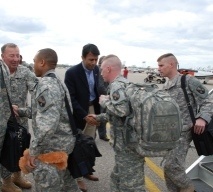 Louisiana National Guard
Louisiana National GuardThis interpretation means that the right to bear arms is not an individual right, but a state right and for state purposes. If this is so, then the state can regulate the use of guns however it sees fit. This interpretation is bolstered by the opening phrase in the 2nd Amendment, which says, "A well regulated Militia, being necessary to the security of a free State."
Proponents of this position say that the reason for the right to bear arms is clearly stated in the opening phrase. The purpose is for the state to have a militia for state security. This interpretation also construes "the right of the people" to be a collective right and not an individual right.
The second interpretation is that the 2nd Amendment's purpose does not only refer to the state's need for security, but to individual self-defense. This argument relies on precedent in English common law and colonial history and refers to many state constitutions and court decisions that have defined the right to bear arms as an individual right.
In addition, this interpretation relies on the fact that James Madison originally proposed this amendment as an insertion into the Constitution's Article I, Section 9, between clauses 3 and 4. This section mentions prohibitions on suspension of habeas corpus, bills of attainder and ex post facto laws. All of these are individual civil rights that are used by citizens to defend themselves against unjust government officials. All of these limit the power of the government.
Since this is where Madison believed the insertion of the 2nd Amendment should go, this interpretation says, he must have understood the right to bear arms as an individual right. If Madison had intended "the right to bear arms" only as a state right, he should have included the 2nd Amendment in Article I, Section 8, which describes Congress' military power over the militia.
All of Madison's original amendments were meant as insertions into the Constitution and not as a list at the end. The decision to add them at the end was made by Congress after he proposed them.
2nd Amendment Supreme Court Cases
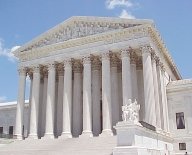
Significantly, the United States Supreme Court never made a ruling on the question of whether the right to bear arms was an individual right or a state right solely for creating a militia, in the first 217 years of its existence. But finally, on June 26, 2008, in a case called District of Columbia v. Heller, the Supreme Court conclusively ruled that the "right to bear arms" is an individual right.
This was a narrow 5-4 decision that said total gun bans by local governments were unconstitutional, but it did allow for some regulation of guns. Usually, for example, prior criminals and mentally ill people are prohibited from owning guns because they might harm someone with them. Many places also require registration of guns. In general, individuals are allowed to have guns in their homes, but cannot just carry them down the street or into public places without concealed carry permits. The Court allowed for these types of regulations.
If you would like to read a more in depth account of District of Columbia v. Heller, please click here.
Amendments:
Preamble to the Bill of Rights
Learn about the 1st Amendment here.
Learn about the 2nd Amendment here.
Learn about the 3rd Amendment here.
Learn about the 4th Amendment here.
Learn about the 5th Amendment here.
Learn about the 6th Amendment here.
Learn about the 7th Amendment here.
Learn about the 8th Amendment here.
Learn about the 9th Amendment here.
Learn about the 10th Amendment here.
- Main Bill of Rights page.
- For a brief synopsis of the First Ten Amendments click here.
- Learn about the Purpose of the Bill of Rights here.
- Read about the History of the Bill of Rights here.
- Look at the Bill of Rights in Pictures here.
Revolutionary War and Beyond Home
Like This Page?
© 2008 - 2022 Revolutionary-War-and-Beyond.com Dan & Jax Bubis

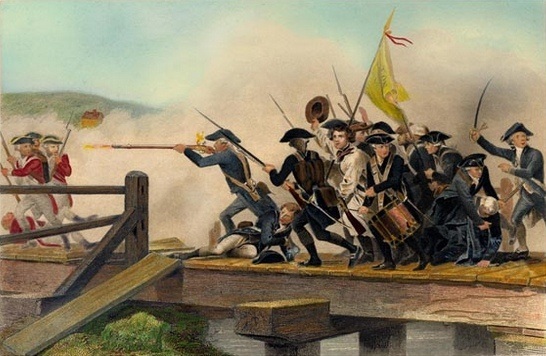
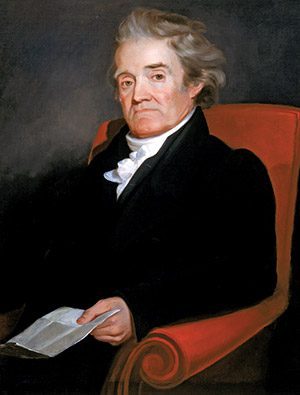
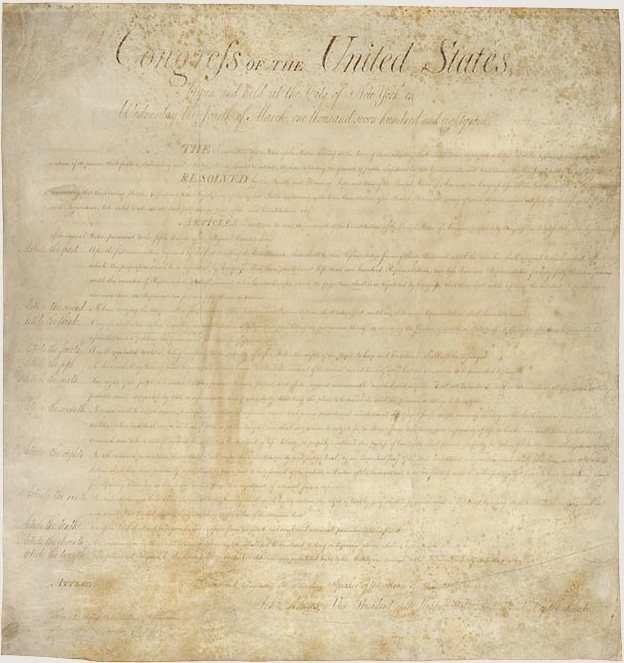
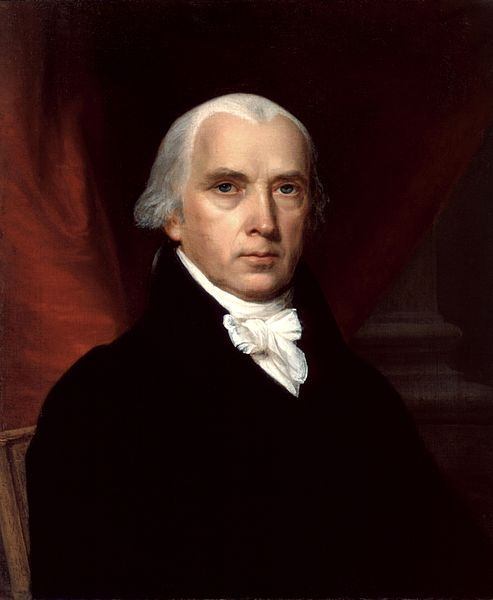









Facebook Comments